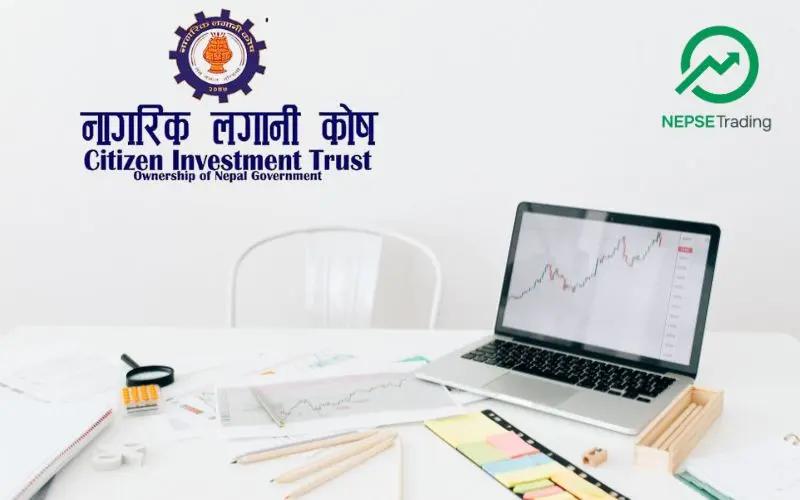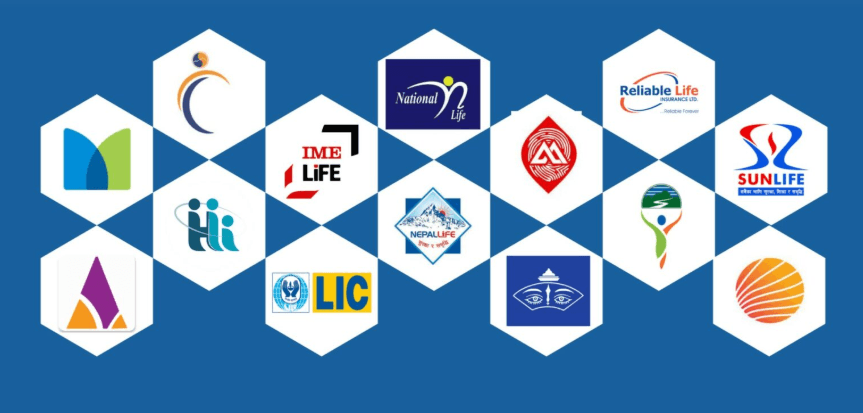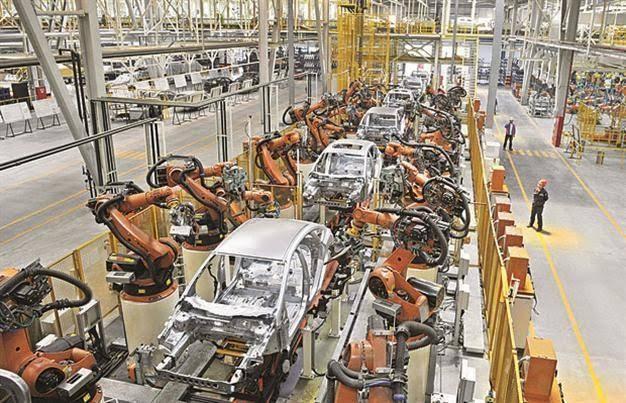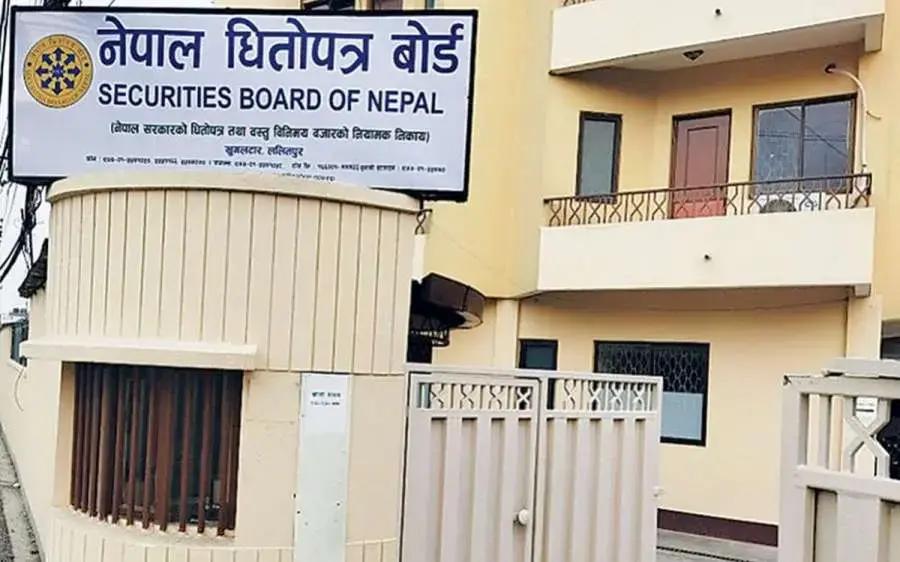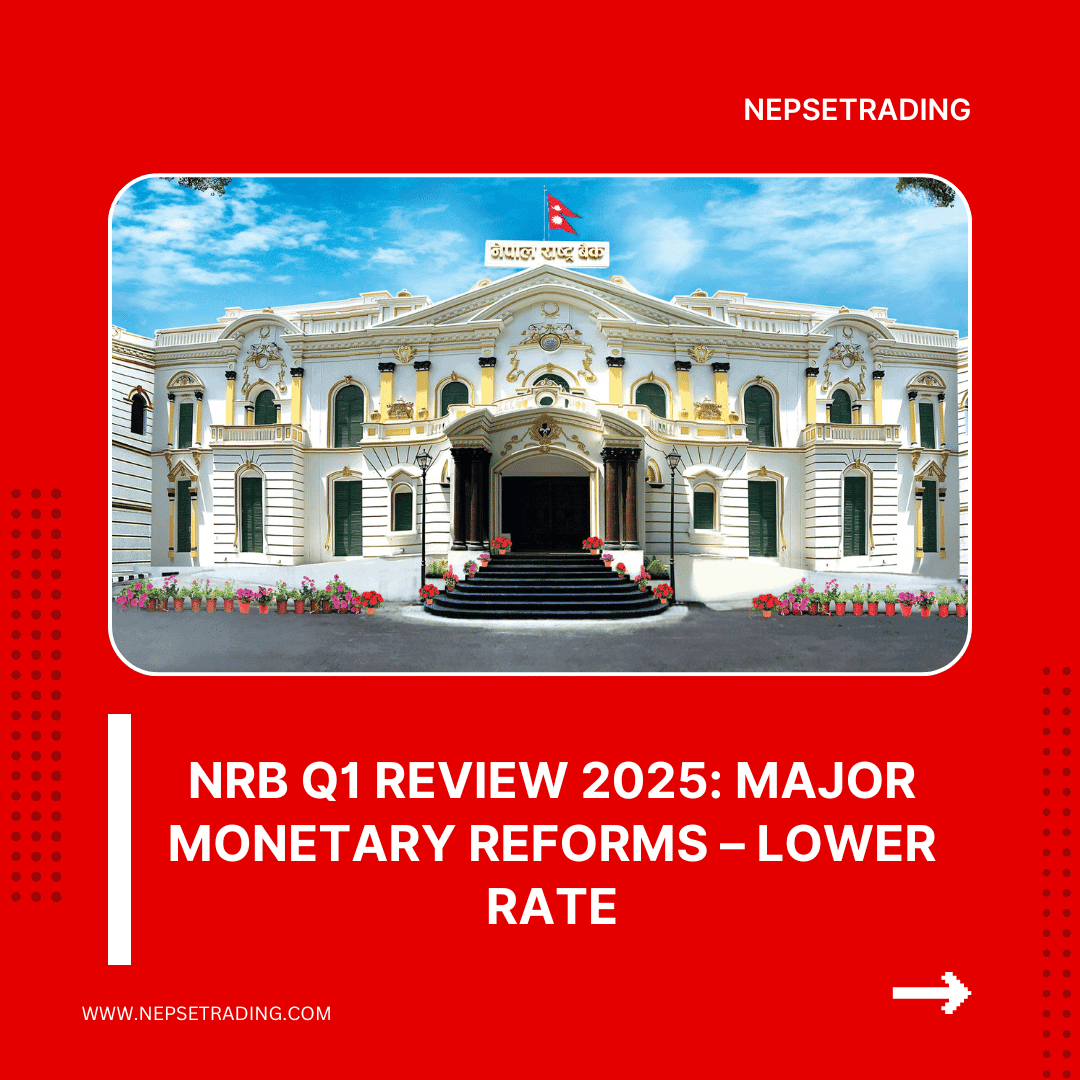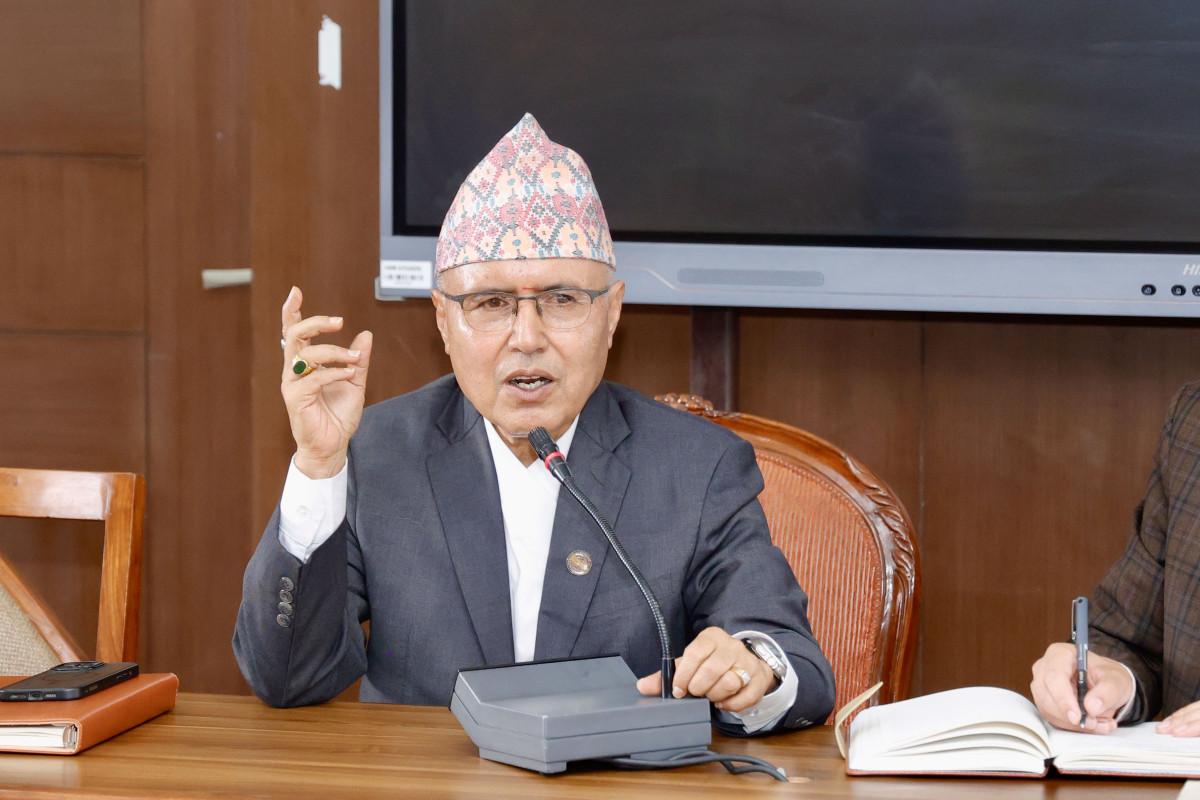By Sandeep Chaudhary
Nepal's GDP Growth Rebounds Slowly Amid Weak Investment and Savings Trends

Nepal's economic data from fiscal year 2019/20 to the projected 2024/25 shows a steady yet cautious recovery from the COVID-19-induced downturn. The Real GDP at basic price, which contracted by 2.4% in 2019/20, rebounded to 4.5% in 2020/21 and peaked at 5.3% in 2021/22. However, the momentum weakened in 2022/23 with a growth of just 2.3%, reflecting ongoing structural challenges and external pressures. The economy is now expected to grow by 3.4% in 2023/24 and 4.0% in 2024/25, indicating moderate improvement but still below pre-pandemic expectations.
Similarly, Real GDP at purchasers' price followed a near-identical trajectory, moving from -2.4% in 2019/20 to 5.6% in 2021/22 before slipping to 2.0% in 2022/23. The growth is projected to regain pace, reaching 4.6% in 2024/25. Nominal GDP growth also reflects a decelerating trend after the 14.3% surge in 2021/22, gradually slowing to 6.4% in 2023/24 and expected to hit 7.0% in the coming fiscal year.
On the income front, Gross National Income (GNI) saw a healthy increase of 14.4% in 2021/22 but has since slowed to 6.9% in 2023/24 and is projected at 6.7% for 2024/25. A similar slowdown is observed in Gross National Disposable Income (GNDI), which dropped from 12.4% growth in 2021/22 to 7.4% in 2024/25, signaling a decrease in external transfers or remittances that fuel consumption.
Investment ratios show signs of long-term concern. Gross Capital Formation as a percentage of GDP dropped from 37.6% in 2021/22 to a projected 28.1% in 2024/25, indicating reduced public and private sector investment. Gross Fixed Capital Formation also declined consistently, signaling less spending on physical infrastructure and long-term productive assets.
Savings patterns remain uneven. Gross Domestic Savings as a share of GDP hovers around a low 6–7%, highlighting Nepal’s continued reliance on foreign savings. Meanwhile, Gross National Savings, buoyed by remittances, has steadily increased from 29.6% in 2021/22 to a projected 36.2% in 2024/25. This divergence between domestic and national savings underscores the critical role of external income in financing Nepal's investments.
Finally, in terms of absolute size, Nepal’s Gross Domestic Product (at current prices) expanded from Rs. 3888.7 billion in 2019/20 to a projected Rs. 6107.2 billion in 2024/25. Despite this nominal growth, real sector indicators suggest the need for policy focus on boosting domestic investment, enhancing productivity, and reducing dependence on external income.
In summary, while Nepal’s economy shows resilience, the data reflects an economy still in recovery mode, grappling with investment stagnation, low domestic savings, and moderate growth. Focused reforms and policy interventions are necessary to accelerate sustainable growth and reduce vulnerability to external shocks.


